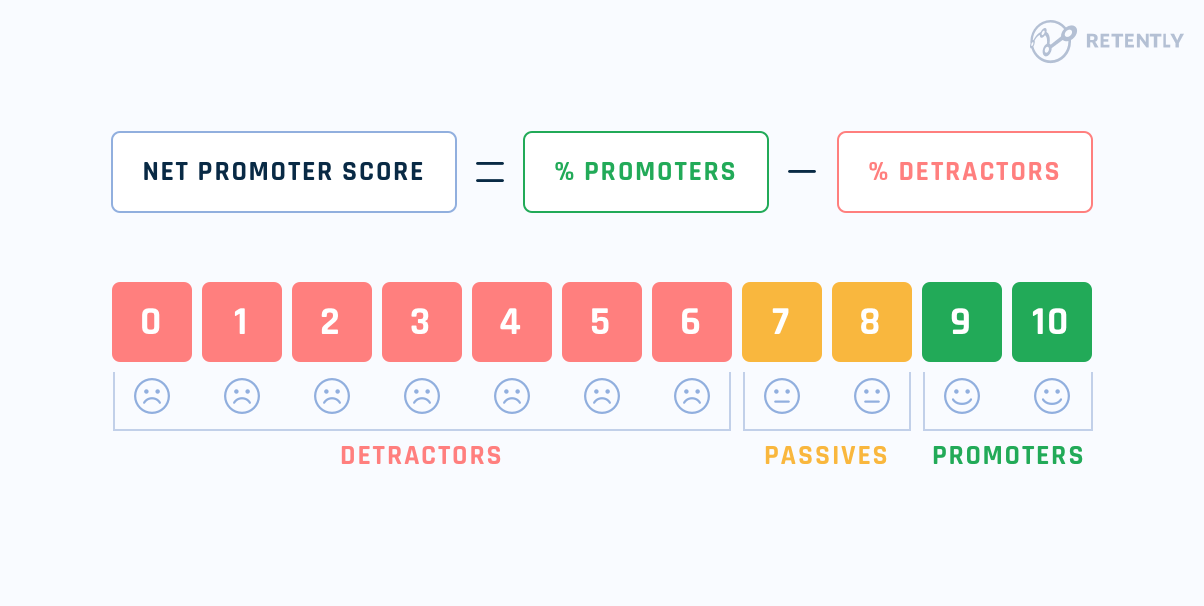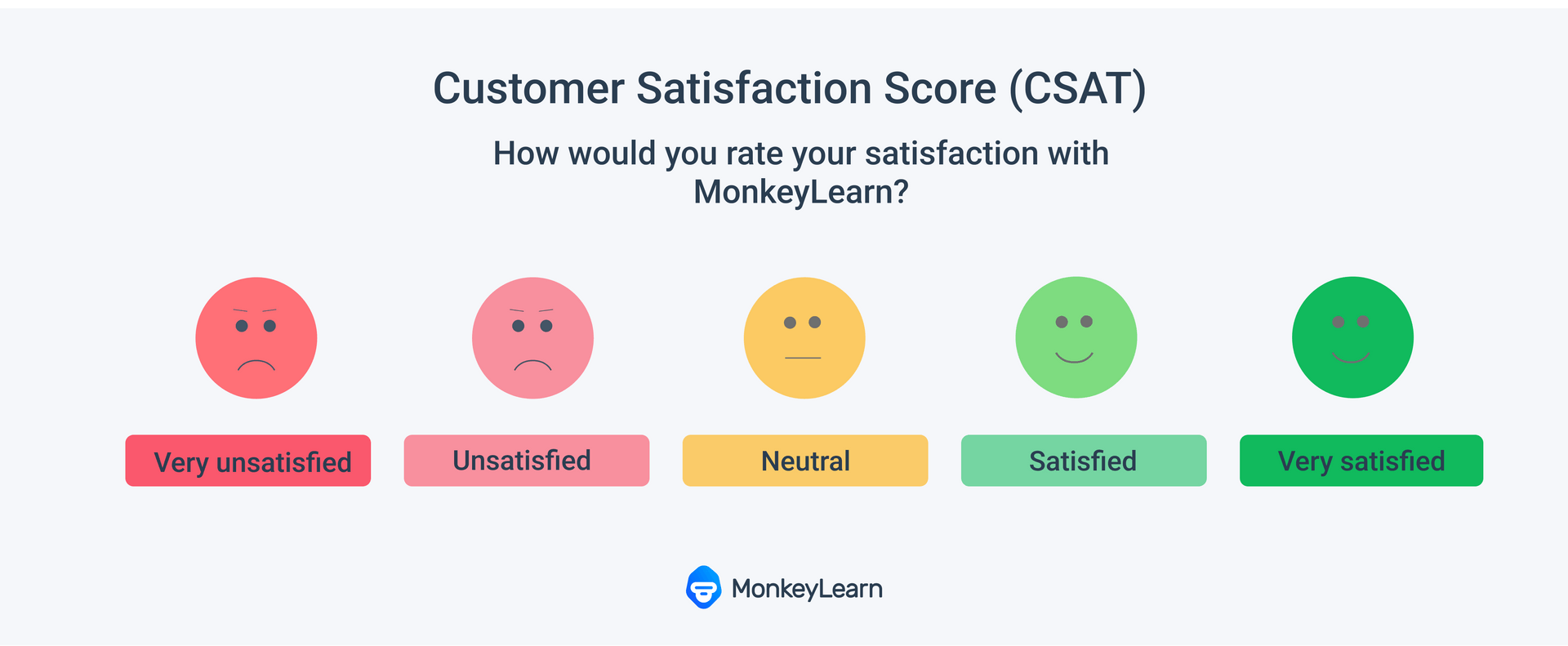Customer expectations go a long way toward shaping an eCommerce business. After all, Forbes reports that 84% of companies that strive to improve the customer experience see a revenue spike.
The logic here is simple. Happy customers buy more products and services. They also gladly recommend your company to their friends, colleagues, family members, neighbors, and social media audience.
This guide will explain how expectations influence the customer experience and how your eCommerce business can increase customer satisfaction.
Table of Contents
Understanding Customer Expectations – What Do They Want From You?
The following factors shape customer expectations:
- Your customer service reputation
- Your marketing messages
- Geographical and generational factors
- Online reviews and social media comments
- Personal experience with brands like yours
- Customer’s experiences with your brand
Outside factors also affect what customers expect from your eCommerce company. For example, the rulebook went out the window during COVID-19 as the shopping experience morphed into something completely new.
The following customer expectations transcend business size and industry.
Consistency
The first expectation is consistency. Companies today have expanded their presence online and offline, appearing on more platforms and avenues than ever. Although your business will have a dedicated social media team separate from your bloggers, you must prioritize consistent branding and service across every channel.
A consistent experience gives customers reliable expectations that can inspire future business. You also win their trust, something important for new customers especially.
Quality products and services
This is a simple but often overlooked point. Your customers expect to get their money’s worth when buying your eCommerce products or services. The products and services your business introduces should never cut corners in the name of profit.
You should only release goods that will benefit a customer’s life. It’s better to delay a buggy product and not be ready for the market than to release it and pretend you’re unaware of the issues.
Continue following through once you commit to quality with your products and services. New products and services should not degrade in quality, or your customers might feel inclined to check out the competition.
Convenience
Today’s customers value convenience. They want many easy ways to shop, simple checkouts, speedy shipping, and detailed order tracking. The prevalence of same-day delivery has reduced the average customer’s patience, so the days of waiting weeks for an order to arrive are mostly behind us.
If you can’t offer same-day delivery, you should minimize shipping times through to as few days as possible.
Although you hope your customers will be satisfied with their purchase, you should also expedite the return process. Have a friendly attitude toward returns so customers feel encouraged to use this feature if they need to.
Make it convenient for your customers to return an item and they’ll know they have nothing to lose by doing business with your eCommerce brand.
Ease of use
Although technology continues to race at the speed of light, customers don’t necessarily want complex products and solutions. It’s one thing if your service has complexities because it must and another to make it complicated just for the sake of doing so.
A small learning curve encourages more product or service usage, increasing the revenue your business can earn from that customer.
Cost-effectiveness
With the cost of living getting increasingly high, consumers are conscious of how they spend their money. Your products and services don’t have to be cheap but should have a price commensurate with the benefits offered.
A cost-effective solution inspires more product or service usage and could lead to referrals.
Omnichannel communication
As mentioned, businesses have more avenues to reach customers than ever before. Customers expect to see your brand on all their platforms, from the latest social media to emerging tech and trends.
Your eCommerce business must have an omnichannel strategy to reach your audience on the platforms they use most, from SMS to email and social media.
Personalization
Personalization is the last expectation customers have for your eCommerce business. Tailoring the customer journey through your audience’s unique pain points and needs ensures they receive offers, products, or services that would benefit them directly.
You could inspire new sales by introducing your customers to something fabulous they didn’t know you made, and they’ll be likelier to buy.
Read also: ECommerce Support Guide: The Types And Strategies That Matter
eCommerce Customer Expectations in Metrics: Tracking Happiness with Data
How do you know how well you’re meeting your customer’s expectations? The following metrics will indicate where you exceed and fall short.
Customer reviews
Although not technically a metric, reading customer reviews is one of the most enlightening methods for learning more about how well you’re serving your audience.
Customers will share their unfiltered thoughts, good and bad, on your Google Business page, social media pages, and review sites such as Yelp, HomeAdvisor, Glassdoor, Foursquare, Consumer Affairs, and the Better Business Bureau.
Don’t sweep negative reviews under the rug. Instead, read the critical feedback and use it to determine where your eCommerce business can improve.
Customer lifetime value
The next metric is Customer Lifetime Value or CLV, which tells you the total profit you can expect from a customer throughout the relationship. Accounting for factors like average sales funnel duration, repeat purchase rate, and the cost and scope of the initial purchase, CLV is a handy data point.
You can use it for financial forecasting to determine what your quarterly or annual profit will look like. A consistently high CLV indicates your customers are pleased with your level of service, as they’re willing to continually buy from your eCommerce store.
Net Promoter Score

Another very telling metric is the Net Promoter Score or NPS. This measure of loyalty dictates the likelihood of your audience recommending your services to others in their lives.
You can send a simple survey to your audience with a scale of 0 to 10. Ask them to choose a number commensurate with how passionately they’d recommend your eCommerce business to a friend or colleague.
A 0 means they wouldn’t be likely to recommend you, while a 10 would be extremely likely.
The customers with a score between 0 and 6 are detractors. They might have subscribed to your eCommerce email list long ago and since soured on you, or perhaps they’re new and still feeling you out.
The lower the number between 0 and 6, the more severe the level of detraction. Those with a score between 0 and 3 have a substantial issue with your business. Their feelings about your eCommerce company prevent them from purchasing, but the trickle-down effects can be more severe than that.
Their outspoken opinion might prevent other would-be customers from converting, so it’s worth understanding what has tanked your reputation in their eyes and begin rebuilding their trust and expectations.
Detractors who scored between 3 and 6 are in danger of backsliding. As it stands, they’re unhappy, but less unhappy than the detractors who gave you a lower score. You should still get to know their pain points and strengthen your relationship.
Customers who scored a 7 or 8 are passives. They don’t actively dislike your company, but they’re not enthusiastic about you, either. Sometimes, they might open emails and engage with you, but it’s sporadic at best.
These customers are on the fence, and your next move could push them higher up on the NPS scale or reduce them to detractors. You must learn more about their expectations and then strive to meet them.
Promoters are the customers who scored a 9 or 10. They’re ultra-excited and passionate about your eCommerce business and talk you up whenever they can online and offline. Even though they’re less likely to become detractors, you must still live up to expectations to ensure their satisfaction.
The more promoters your eCommerce business has, the greater the rate of happy customers.
Read also: 23 eCommerce Customer Support Case Studies for Small Businesses
Customer health score
The Customer Health Score or CHS reviews a customer’s pattern of behavior over a period to gauge their churn risk.
You can create a CHS based on a customer’s participation in your surveys, purchase rate, amount of money spent on your brand, customer support team interactions, license level for a product (as applicable), and product usage rate.
You can also use CHS to determine when your customers might be ready for a product or service upgrade. Healthy customers are happier, a clear sign you’re meeting their expectations.
Customer churn rate
Unlike CHS, which measures prospective churning, the Customer Churn Rate, or CCR, gauges the actual churn. That’s why it’s referred to as the attrition rate.
You can apply CCR over specific periods, such as last month or the third quarter of 2022, to determine how many subscribers canceled or customers dropped out of the sales funnel.
A high churn rate hurts customer retention and revenue, pushing businesses toward the brink of extinction. Your eCommerce business should aspire for a low churn rate of 3-7%.
Customer satisfaction score

Pay attention to the Customer Satisfaction Score or CSAT. This metric tells you how satisfied your audience is with your products and services. CSAT is represented as a percentage, with a score near zero being very poor, and a score near 100 being excellent.
Survey your audience, asking about their overall satisfaction with their latest purchase. Ask them to rate the purchase on a scale of 1 to 5, with 1 meaning they’re very unhappy, 2 meaning they’re unhappy, 3 being neutral, 4 meaning they’re satisfied, and 5 very satisfied.
Count the number of 4s and 5s you received. Divide it by the overall responses, then multiply that number by 100 for a CSAT percentage.
Customer effort score
You can also learn about customer expectations through the Customer Effort Score or CES. This KPI focuses on the customer service experience.
To understand your CES, survey people who most recently contacted your customer support. Send them a brief questionnaire asking them to choose a score between 1 and 7 to represent their level of satisfaction. Scores between 1 and 3 represent the unhappiest customers, while scores between 5 and 7 are very satisfied.
The higher the CES scores, the better is your eCommerce customer service.
Read also: 19 eCommerce Best Practices to Win Customer Confidence
11 Strategies to Surpass Your Customer’s Expectations in eCommerce
Are you ready for better customer loyalty and an experience your audience can’t stop talking about? Here are 11 areas to focus on.
1. Ask for feedback
You can’t begin generating customer satisfaction metrics like NPS and CSAT without surveying your eCommerce customers. Surveys are a great way to learn about your audience’s struggles, interests, pain points, and behaviors to gauge where and what they might do next.
However, obtaining honest customer feedback is not a one-time deal. You should survey your audience several times per year to stay current on their needs and meet them every step of the way.
2. Study what your competitors are doing
Does your competition outperform you? It’s time to determine what they’re doing that you aren’t or which areas you should double down on.
Review their website and social media presence. Pretend you’re shopping on their website, or perhaps buy something small. How was the online shopping experience? Did you find it difficult or straightforward?
How long did it take for your order to arrive? What was the product or service quality like? Similar to what was advertised? Read reviews to gauge what your competitor’s audience enjoys about their services or products and what they don’t like.
Then, use the information you gathered to improve your customer satisfaction, product/service quality, and other areas of your business to be able to delight your audience.
3. Prioritize honesty
Transparency is key in building and maintaining trust. Don’t hide your prices, don’t pretend you don’t charge extra fees when you do, and be upfront about your cancellation and return policies.
This is the less glamorous side of selling a product or service but is just as important as discussing benefits or features.
Another way to promote transparency among your customers is by building a knowledge base full of articles, videos, FAQs, and other information. Community forums help your customers connect and share feedback among themselves.
Employees within your eCommerce company can comb the forums for commentary on the quality of your products and services.
4. Follow up after sales
When a customer purchases a product or service, you send them an automated email confirmation, but how long do you wait to communicate with them after that? Following up with shipping notifications will make the customer likely to open and read your email.
You should also track the customer’s order and send them another follow-up several days after receiving it, asking them how they enjoy the product.
Make it as easy as possible for customers to respond, such as using surveys where a customer can click on a scale to select their level of satisfaction rather than answer open-ended questions. Consider incentivizing your audience to participate by offering an exclusive discount code.
5. Refine your sales and marketing processes
You’ve learned your customer’s expectations, so now you must honestly assess how well your current sales and marketing processes gel with your audience’s demands. Perhaps you’ve tried a selling style that doesn’t work for today’s customers, or your marketing approach was too heavy-handed.
Regardless, your next campaign will succeed more, thanks to this feedback.
6. Maintain product and service quality
Reiterating our previous point, you cannot afford to let your service or product quality slip. Your longest-term customers have come to expect excellence from your brand, and you must keep delivering, or you could lose their business.
Even niche industries have competitors, so don’t get lax and assume no one could usurp your eCommerce brand, as your customers would beg to disagree.
7. Use omnichannel communication
Today’s consumers have more options than ever, allowing them to bounce freely between channels and platforms. Your eCommerce brand must meet them at every touchpoint, with engaging experiences across channels like social media, email, text messages, phone, and more.
8. Personalize, personalize, personalize
Tailored customer communications speak to the heart of their struggles. Personalizing your communications will position the right products and services in front of your audience according to their needs and stage in the sales funnel, increasing the likelihood of their purchase.
9. Run free shipping deals
Another way to inspire more business is to introduce free shipping deals. Run these deals periodically across the year, perhaps once a quarter or more seldom. The deal might be conditional, such as free shipping if customers spend X dollars, or perhaps all items are eligible for free shipping.
Although your business will lose out on shipping money, you should still profit by attracting more shoppers than usual.
10. Prioritize same-day delivery
In eCommerce, consumer delivery expectations are only rising, so all businesses must work their way toward same-day delivery. Small businesses might need more capital to invest in drones and other technology to facilitate faster deliveries, but it’s worthwhile.
You’ll achieve your delivery expectations and give though competition to the big players if you can really deliver products the day they’re ordered.
11. Give customers several ways to pay
Expanding upon your payment options matches today’s consumer expectations. The days of carrying cash are mostly over, and some customers prefer not to use credit or debit cards when shopping online. They might pay exclusively online platforms like PayPal or Apple Pay.
Offer multiple payment options so your customers can purchase products and services how they’re comfortable. You’ll increase their trust and ensure their business, as they might turn away even with items in their cart if their preferred payment method isn’t accepted.
Read also: eCommerce In-house Support: Pros and Cons Explained
Bottom Line
eCommerce companies must meet audience expectations to convert leads, build trust and loyalty, and retain long-term customers.
Understanding your audience’s needs, increasing trust through transparency, retaining product/service consistency, and improving your eCommerce customer service will keep your business on the cutting edge of what your customers want.
For marketing your eCommerce business, try some of the automation tools EngageBay has for free.
